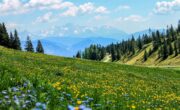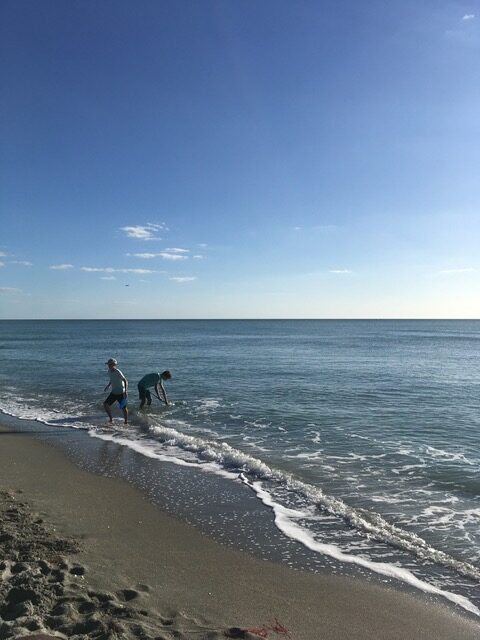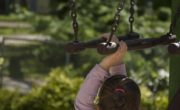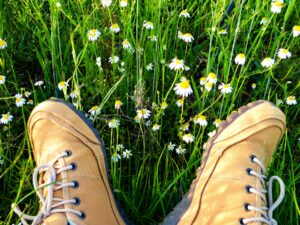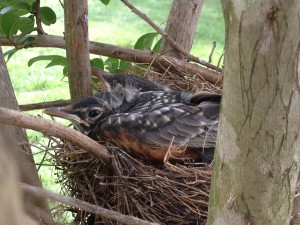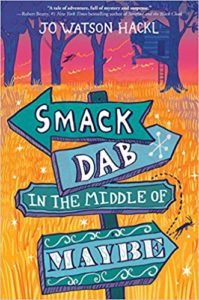
Many homeowners in the U.S. have grass lawns. They look pretty and add a nice, clean aesthetic to a house. Besides, grass is natural—why wouldn’t you have one? Well, there are a few key issues that are not only hurting the planet but hurting you as a grass lawn owner as well. Let’s dive into why your yard isn’t as “green” as you think it is.
Lack of Biodiversity
Firstly, conventional grass lawns are what are known as a monoculture; they have no biodiversity within them. Having a diverse ecosystem is key to a healthy natural habitat for animals, including pollinators like bees and butterflies. These insects are essential to the continuity of crop-life and farming as we know it, but their numbers are dwindling for a multitude of reasons. Climate change, pesticides, and loss of habitat are three ways that these anchors in our food chain are dying out. By replacing diverse, nectar-rich habitats with sterile grass lawns, we are depriving pollinators of the resources they need to survive.
Depleted Soil
Another way these yards harm ecosystems is through their impact on the soil. Conventional grass has shallow roots, increasing the risk of soil erosion and making it harder for the ground to retain nutrients. Additionally, grass lawns contribute to the ‘heat island’ effect, absorbing and radiating more heat compared to landscapes with trees and diverse vegetation that provide shade and cooling benefits.
Poisonous Chemicals
Lastly, conventional grass lawns take a significant toll on the environment. Millions of gallons of water and gas go into their upkeep, along with fertilizers and pesticides designed to eliminate weeds and pests. These chemicals can poison wildlife, such as birds that feed on seeds in the grass, and any runoff from treated lawns can carry harmful compounds into nearby water sources, further disrupting ecosystems.
Creating a More Natural Space
So, what are some alternatives? One option is to incorporate a mix of clover, dandelions, and other pollinator-friendly plants. These add beauty while reducing maintenance and supporting biodiversity. Another option is to replace conventional grass with native grasses, which require less water and upkeep. Keep in mind that some native grasses are seasonal and may turn brown in dry months, so it’s important to choose varieties that suit your climate and minimize fire risk. Whichever route you take, these alternatives create a healthier, more sustainable landscape.
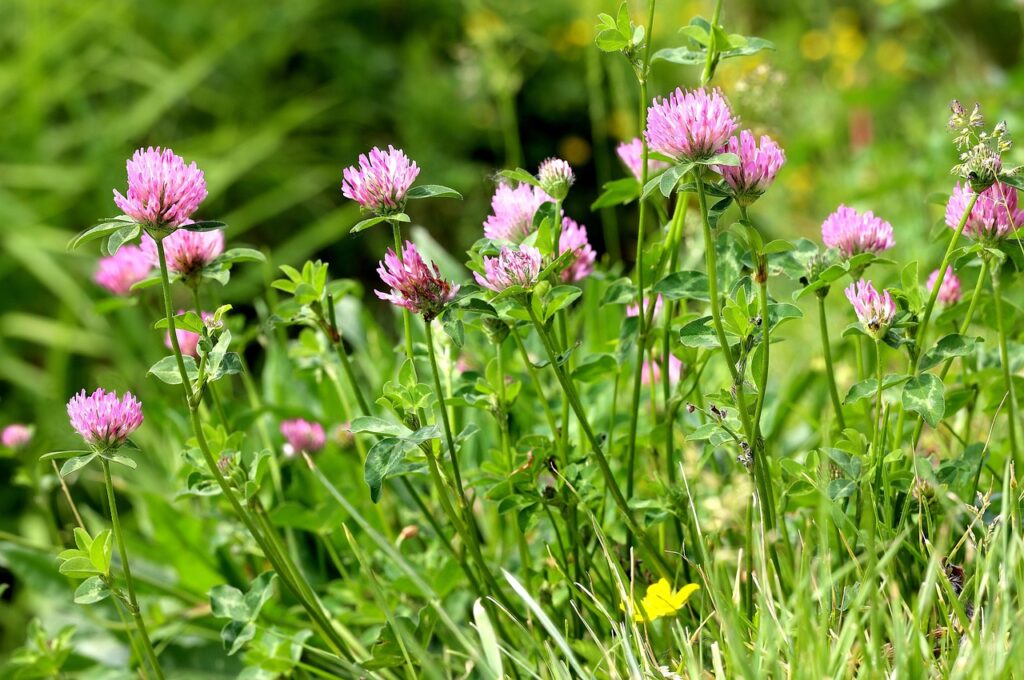
Another great option is to mulch your lawn and incorporate pockets of bushes, trees, and flower beds throughout your yard. While it requires some initial effort, this approach creates a beautiful, low-maintenance landscape that supports local wildlife and requires minimal upkeep. Plus, it allows you to get creative and design a space that reflects your style while benefiting the environment.
So, if you’re tired of mowing every week, wasting water on a thirsty lawn, and using chemicals that harm the ecosystem, why not try something different? There are countless ways to reimagine your yard—embrace the possibilities, have fun, and make a positive impact one lawn at a time!




